Soybeans aren’t called the miracle bean for nothing.
With endless uses from food to fuel to fiber, soybeans are valued for both their oil and meal. This limitless value has led to a historic demand for the miracle bean, and major U.S. soybean processing capacity increases are on the horizon.
“Soybeans are king right now,” said Gordon Denny, general manager of Gordon Denny LLC, a consulting corporation. “They’re the hottest commodity in the world. It’s an unprecedented growth in the agriculture industry.”
An announced 30% increase by 2026 in U.S. crush capacity would result in an influx of more than 16 million tons of U.S. soybean meal (SBM) and over eight billion pounds of crude soybean oil. However, announcements don’t always come to fruition. More realistically, Denny predicts that actual capacity increases will be lower.
“Because margins have decreased and construction costs have increased, I don’t think a 30% increase is actually going to happen,” Denny said. “I think it’s more likely that we’re going to see a 20% increase, though even that has some variability.”
A 20% increase in U.S. crush capacity would place total U.S. SBM at more than 65 million tons and soybean oil at more than 32 billion pounds.
Spurring this expansion is the biofuels industry. As the industry continues its exponential growth, the need for soybean oil rises. As the supply of soybean oil increases, so does the supply of SBM.
“The demand for renewable diesel is going to subsidize food prices due to lower prices of soybean meal,” Denny said. “That’s absolutely going to be the case, there’s no doubt in my mind.”
What does this mean for U.S. soybean meal being shipped out of the Pacific Northwest (PNW)?
Of the new soybean crush plants coming online, eight are located in Northern Soy Marketing’s (NSM) member states – three in North Dakota, three in Nebraska, one in South Dakota and another in Wisconsin. The demand for SBM from the livestock industry in these states doesn’t match the upcoming availability, making exporting a necessity. Luckily for Southeast Asia, the PNW is the most economical port for these states to ship their meal from.
“We’ll definitely have to ship more SBM,” Denny said. “Poultry demand in the U.S. goes up about 1-2% a year and swine has actually gone down a bit recently but meal exports for poultry is growing. So, our exports will need to increase to keep up with a high crush capacity.”
As U.S. SBM exports increase, NSM continues to emphasize the quality and availability of SBM grown in the upper-Midwest and exported from the PNW.
The next three to five years will be anything but boring for the soybean industry.
“In my 45 years in the soybean business, I’ve never seen so many variables, so many unknowns and so much dramatic change in a short period of time,” Denny said. “It feels like we’re doing the right things to be more sustainable and if the prices and the margins stay up, farmers will reap the benefits.”



